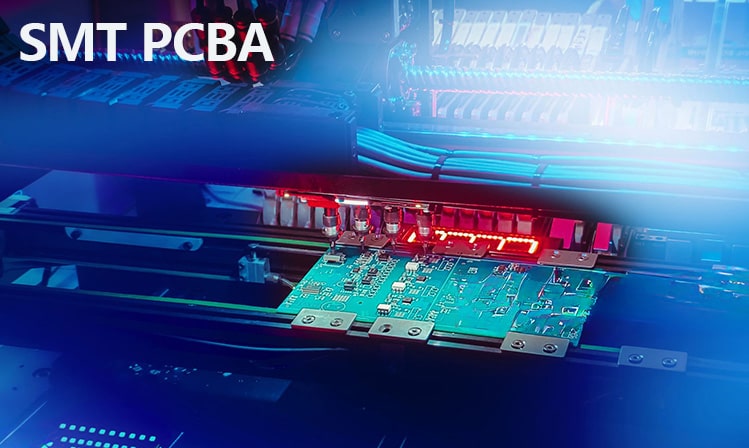Reasons and avoidance methods for incomplete tinning in SMT PCBA patch processing
Surface Mount Technology (SMT) is one of the important processes in the manufacture of modern electronic products. In the process of SMT patch processing, incomplete tinning is a common problem, which may affect the performance and reliability of the circuit.
Reasons for incomplete tinning
Solder paste quality problems: Solder paste is a key material for soldering electronic components in the SMT PCBA process. If the quality of the solder paste is poor, such as uneven composition and inappropriate viscosity, it will lead to incomplete tinning.
Printing process problems: In the process of solder paste printing, if the steel mesh design is unreasonable, the printing parameters are improperly set, and the scraper pressure is uneven, the solder paste cannot be evenly distributed, which in turn affects the tinning effect.
Component and PCB board problems: Oxidation or contamination of the component pins and the surface of the PCB pad will affect the wettability of the solder paste and cause poor tinning. In addition, the flatness of the components and the flatness of the PCB board will also affect the welding effect.
Reflow soldering process problems: Reflow soldering is a key step in the SMT process. If the reflow soldering curve is not set properly, such as the heating rate is too fast or too slow, the maximum temperature is insufficient, etc., the solder paste will not be fully melted and wetted, resulting in incomplete tin application.

Methods to avoid incomplete tin
Choose high-quality solder paste: Make sure to use high-quality solder paste and select the appropriate solder paste type and formula according to specific process requirements. Pay attention to the storage conditions of the solder paste to avoid moisture or deterioration.
Optimize the printing process:
Stencil design: Reasonably design the size and shape of the stencil opening to ensure that the solder paste can be evenly distributed during the printing process.
Printing parameters: Adjust the scraper pressure, speed and angle to ensure that the solder paste can be evenly applied to the PCB pad.
Check the equipment status: Regularly check and maintain the printing equipment to ensure that it is in good working condition.
Ensure the quality of components and PCB boards:
Cleaning: Clean the components and PCB boards before patching to remove surface oxides and contaminants.
Flatness check: Ensure that the flatness of components and PCB boards meets the requirements to avoid poor contact due to unevenness.
Optimize the reflow soldering curve:
Reasonably set the temperature curve: According to the characteristics of the solder paste and the actual process requirements, reasonably set the temperature and time of the heating zone, constant temperature zone and cooling zone of the reflow soldering.
Monitor the soldering process: Use a temperature curve tester to monitor the reflow soldering process to ensure that the temperature curve meets the requirements.
Regular training and skill improvement: Regularly train operators to improve their process skills and problem-solving capabilities so that they can promptly discover and deal with problems such as incomplete tinning during the production process.
Insufficient tinning is a common quality problem in SMT patch processing, but this problem can be effectively avoided by improving solder paste selection, optimizing printing and reflow soldering processes, and ensuring the quality of components and PCB boards. Only by strictly controlling every link can the high quality and high reliability of SMT PCBA patch processing be ensured.







